Subscribe to the Newsletter
If you are interested in understanding how Traditional Chinese Medicine can improve your life sign up to my newsletter for the latest updates.

Acupuncture theory is also the theory of traditional Chinese medicine. This includes a whole range of concepts that are very different to those of Western medicine.
Although different, many of them are easier to understand than those of Western medicine. They also explain many conditions in terms of ‘energy’. That’s a problem because until you understand it, saying something is a a problem of ‘energy’ means nothing!
So this site aims to explain Chinese medicine and its concepts in English but there are certain basic concepts that come up again and again and I have a page on most of them. Some of them you may have heard of …
If you have questions or views about acupuncture theory, there’s a box at the bottom of the page for your comments or questions.
Otherwise, read on: you can still ask a question later if you wish, (and you don’t have to identify yourself).
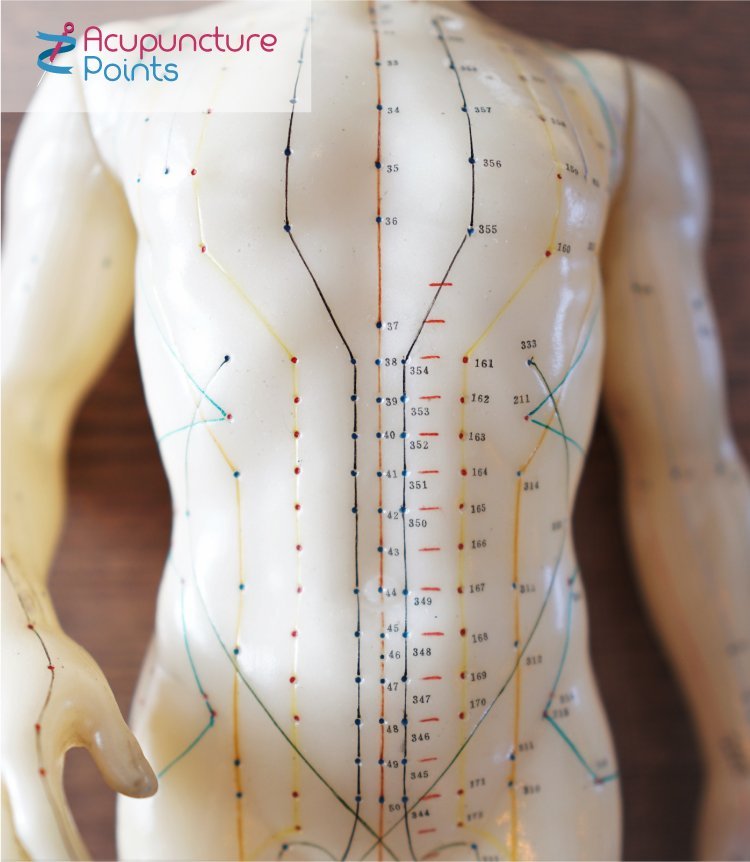
Although the above listed pages include a lot, actually we’ve hardly started! There are many other less well-known acupuncture theories and treatment methods that are very effective.
Like the blind men describing the elephant from what they felt, (the trunk, the legs, the tail, the ears, the belly – all feeling quite different) none of these is a full description. The different theories fit together and complement one another. Underlying them may well be another more comprehensive theory or pattern, which nobody has yet noticed, even after some 3000 years.
Western Science describes traditional Chinese medicine theory as a pseudoscience, which is probably true if only because nobody has had the time or energy to prove otherwise.
Pseudoscience or not, it’s been in continuous use and evolution for millennia, which is rather more than can be said of Western Science – hardly 250 years old.
What’s more, Chinese medicine quickly embraced Western science and Western medicine and its medications as another useful tool in the armoury for Chinese physicians. Western understanding of anatomy, physiology, pathology, and so on were incorporated with ease.
Western medicine and science remains extremely sceptical and unwilling or unable to absorb or recognise what Chinese medicine can offer.
All these ancient concepts will no doubt be explained in scientific terms one day. When they are, they’ll be newly discovered and someone will get a Nobel prize.
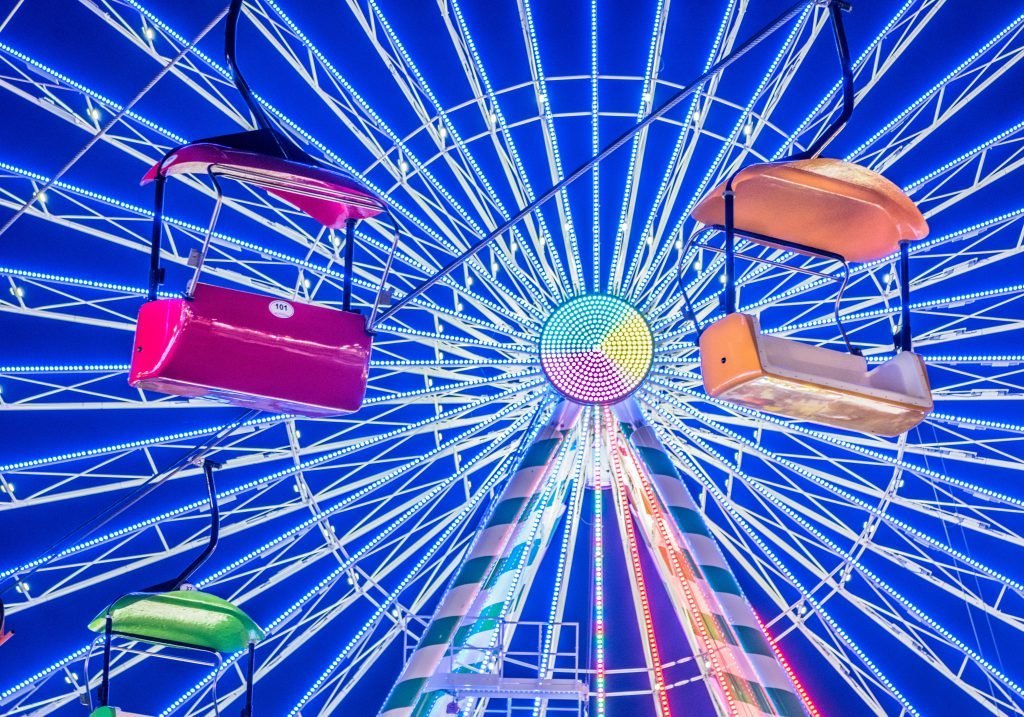
Meantime, what we have is perhaps just an inexact shorthand for it all. Anyhow, homily done.
If you are a patient, after talking to you and/or examining you, your acupuncturist will choose which acupuncture theory is appropriate for you.
This choice helps him decide which acupuncture points to use and how to interpret the result.
Sometimes acupuncturists base their treatments for all their patients around one particular system or school of thought. They become experts in that particular way of diagnosing and treating their patients. They don’t mind the occasional situation where that particular system is inappropriate.
Sometimes we choose a treatment that combines a number of different theories together. Or perhaps a point does several things at once, or when in combination with other points. The art of choosing and combining acupuncture points is a huge and important subject: many books have been written about it.
Then there are other ideas which go a long way to explaining much modern chronic disease. For example, have a look at the terrorist lurking within.
Even acupuncturists often go to other acupuncturists for treatment – why? Because you can’t easily be objective about yourself! When you’re sick, you can’t see the wider picture and you take sick decisions about what to do!
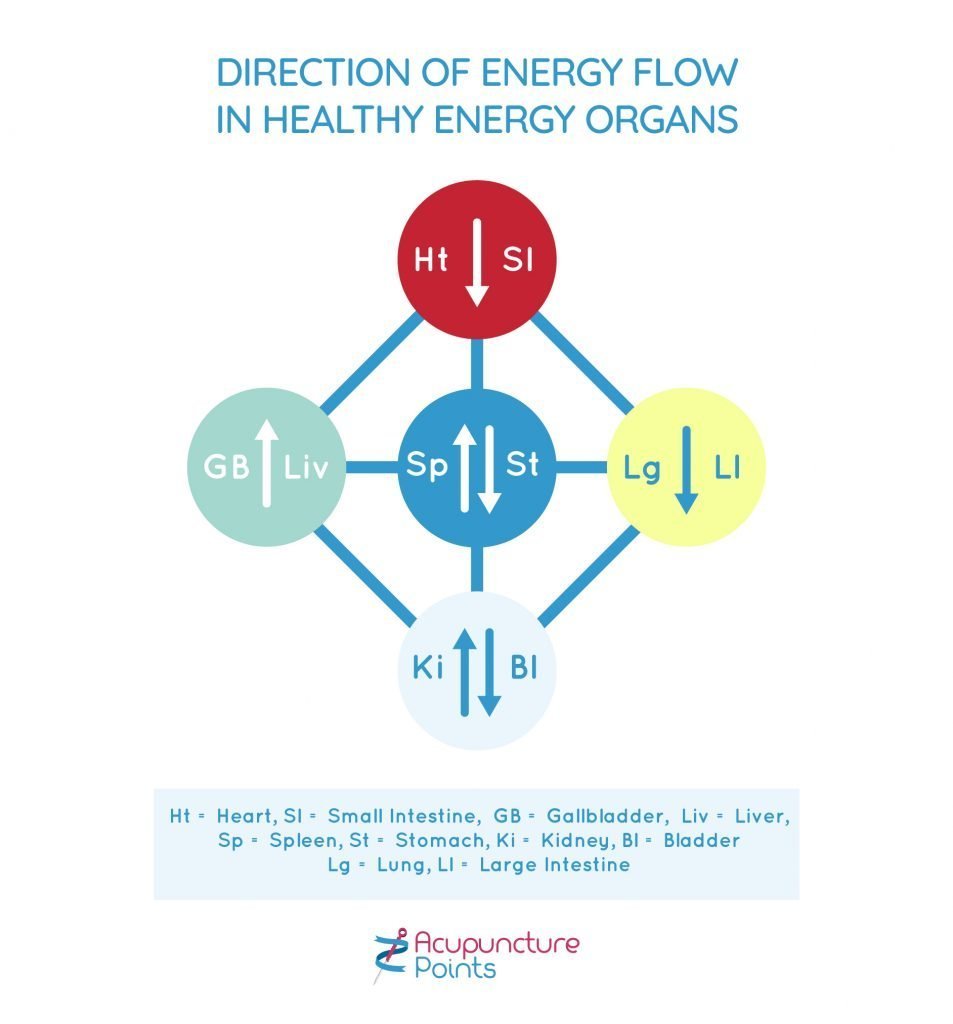
This is only part of what is called ‘channel theory’, a huge and very rewarding subject.
For example, if something won’t go down, so that there is too much of it up-top, it could be either
So a migraine is usually due to the Liver and Gallbladder energies pressing upwards too much, giving pain along those channels in the head and in the areas ‘governed’ by them. But it could also be from weakness in the downward pressing or anchoring of the Kidney energy. Indeed, often migraines people suffer on Friday night or at the weekend as they relax come as much from their Kidney energy ‘loosening’ its grip, as from the Liver energy up-pushing. So here, the correct treatment would be ease the Liver energy and strengthen the Kidney energy.
But that wouldn’t be all. Traditional acupuncture theory teaches the importance of helping the patient find a better way of living and working so that this weekend migraine stops.
All the above may apply. Or just one or two. The point is that they all could come into what we call acupuncture treatment, which isn’t confined just to needle insertion in carefully chosen locations, but covers life advice too.
It goes further, because from Five Element theory Chinese medicine also see connections between patterns of ill-health and the climate and seasons, the kinds of foods eaten, the colours we choose to wear – and the colour of our faces – and the sound of our voice. Yes! … and what we smell like!
Yes, you read that right! We all smell different and our smell often reveals what is going on in our health. In fact, sometimes it’s the first thing your acupuncturist notices, giving an immediate insight.
And sometimes an odour or smell that we intensely like – or the food that produces it – or that we hate, can be a pointer.
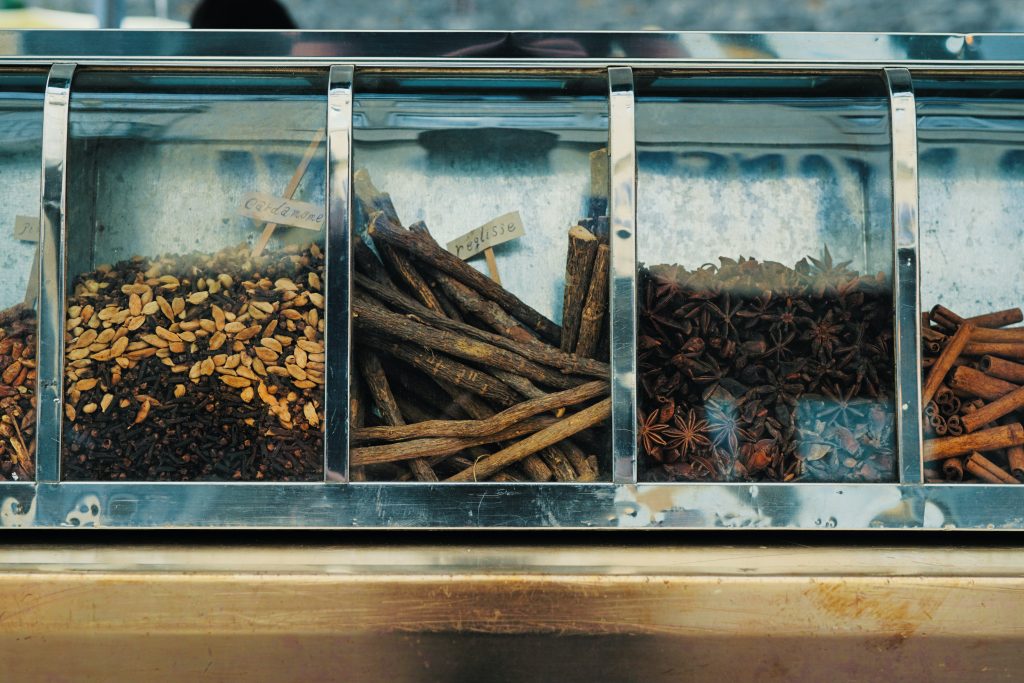
Of course, in modern Western society, we are all very self-conscious about bodily odour and most of us try to conceal it by careful washing before treatment, and then applying perfumes and oils. These do conceal the odour to a certain extent, but some practitioners’ noses are so acute they still detect the underlying odour!
When someone visits me, I’d prefer them to have bathed the day before but not on the day they visit me so that their odour will not have been washed away.
Often, in white or pale skinned people one can see an underlying colour. It is sometimes more noticeable beside or under the eyes. It is less easy to see in dark-skinned people.
| Green | Wood element – Liver and Gallbladder |
| Red | Fire element – Heart and Small Intestine |
| Yellow | Earth element – Spleen and Stomach |
| White | Metal element – Lungs and Large Intestine |
| Black or blue | Water element – Kidney and Bladder |
There’s much more about this area of acupuncture theory on our page on Five Elements. Five Element theory also shows how we are susceptible to seasonal and climactic changes, and how the sound of our voice is also relevant.
All of us, from time to time, get Qi Stagnation – when life just will not move properly and smoothly, making us anxious, tense, worried, fearful, angry, frustrated, tired, fed-up and emotional.
In due course, if this continues, we get physical symptoms – disease.
For example, we get stressed – we suffer from stress! The frustration and tiredness, not to mention depression and anxiety that stress produces can become, over time, major causes of disease.
There’s a whole big theory about this, and what to do about it!
Either find out more about this at Qi Stagnation OR, because that page barely touches on the subject and eventually I wrote a book on it, see side panel.
Another modern problem is phlegm.
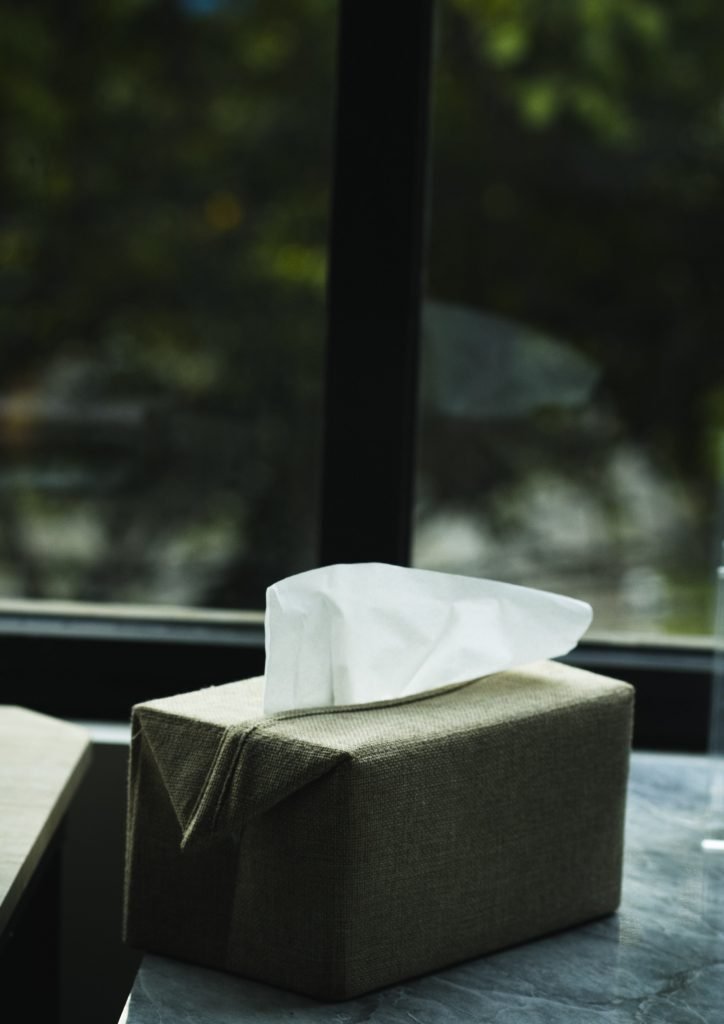
Many people notice this mainly when they get phlegm after eating.
Or it makes you cough, phlegm in your chest, for example when it’s in your lungs – you get a persistent cough with phlegm. If you get copious chesty mucus, click here for what’s called Lung Cold Phlegm.
Or perhaps you get yellow mucus, not white phlegm? Or perhaps it’s green phlegm? For what the colour of your phlegm, the mucus color, says about your health, click on Phlegm Colour!
It’s distressing and embarrassing! But Chinese doctors developed a theory about this too, several thousand years ago.
In fact it’s really a theory of fluids, but as regards the catarrh, snot or yucky stuff we get in our noses, throats or chest, well, there’s plenty of advice and effective treatment, refined over centuries.
So, check out phlegm!
Even though the ancient Chinese were thinking about acupuncture three thousand years ago, and there has been intense scrutiny of what they said throughout those 3000 years, there’s still plenty of scope for modern research:
And no doubt you’ll be wondering about

Stay in Touch!
No spam, only notifications about new articles and updates.

Book a Video consultation if you want to know more about your symptoms

This Introductory Chinese medicine course introduces you to the amazing thinking behind this ancient medicine, now increasingly in demand.
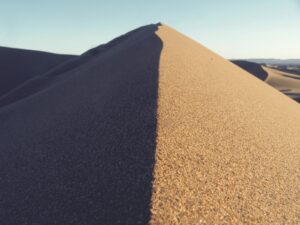
The Scottish College for Chinese medicine provides introductory courses for all, explaining Chinese medicine and its cultural background.
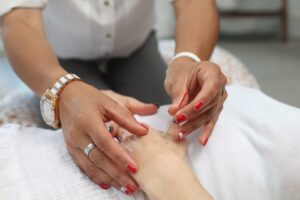
Master Tung’s acupuncture is a hidden treasure, lost to China but recovered in Taiwan from where it spread round the world.

Knee pain has five main causes. It’s certainly worth trying acupuncture before you resort to surgery!
Subscribe to the Newsletter
If you are interested in understanding how Traditional Chinese Medicine can improve your life sign up to my newsletter for the latest updates.
Subscribe to the Newsletter
If you are interested in understanding how Traditional Chinese Medicine can improve your life sign up to my newsletter for the latest updates.